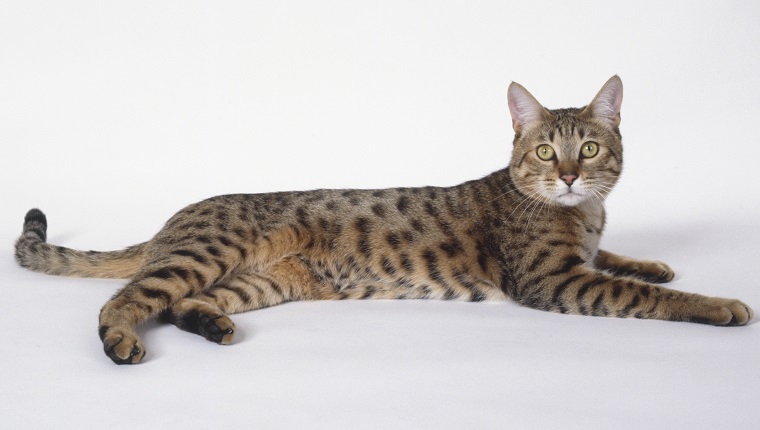While many cat owners joke about owning a “house leopard” or a “house panther,” the California Spangled cat was bred specifically to resemble their more wild cousins. While not actually related a leopard, this striking cat is a deliberate mix of the Angora, Siamese, American Shorthair, Abyssinian, Manx, and British Shorthair…

A farmer in Russia found four tiny little kittens in his barn, but these were no ordinary cats.




